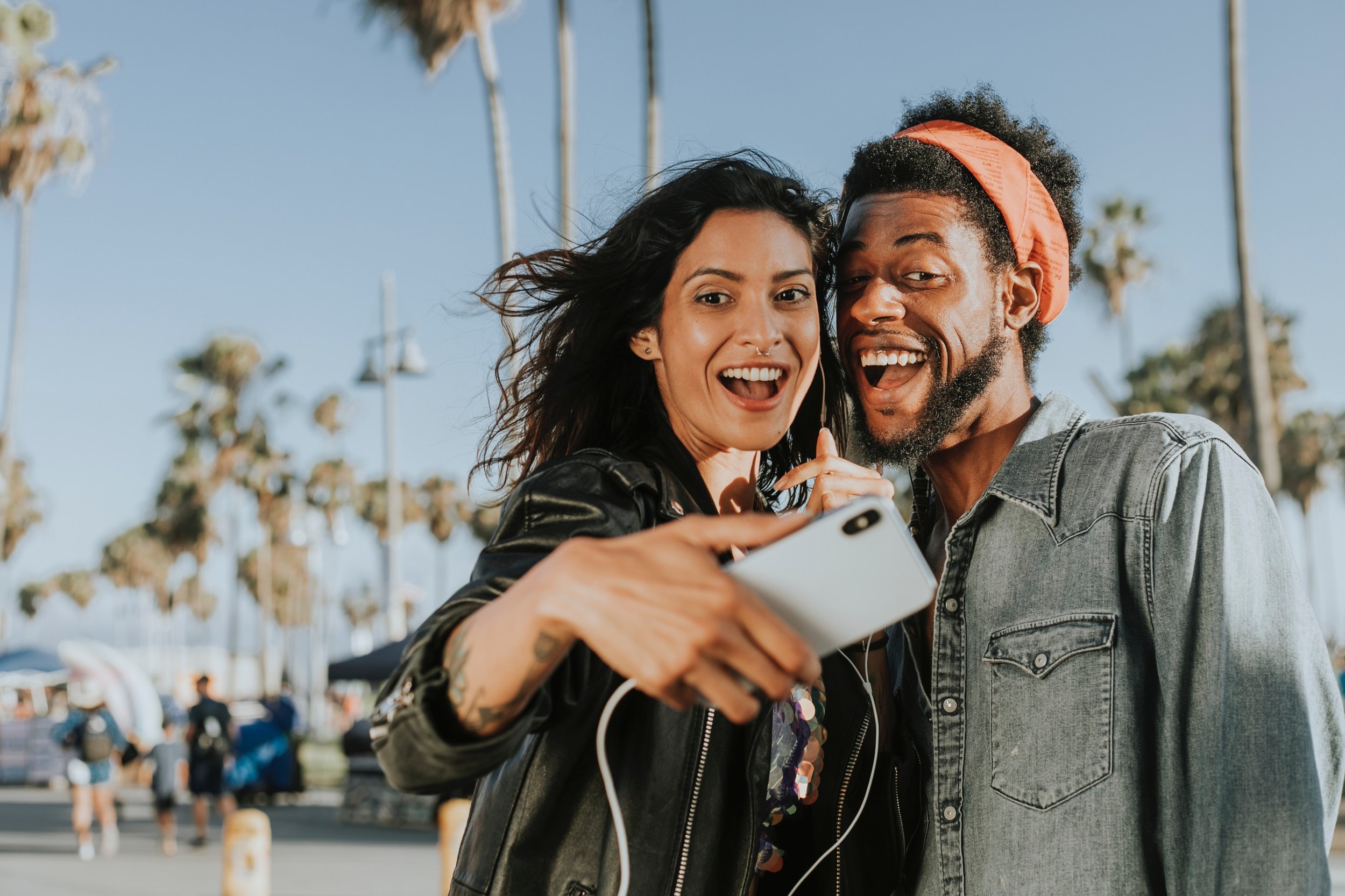"Selfitis" - How Many Selfies is Too Many?
The word ‘selfie' entered the Oxford English Dictionary in 2013 and reflected how widespread the phenomenon of taking your photo has become. While people have been painting and photographing self-portraits for centuries, today the instant gratification that goes along with a selfie reflects changing social and cultural norms, ones that lend incredible value to both personal appearance and how we present ourselves on social media - the kind of virtual self. The social pressure of posting selfies to keep up an online image may be adding to the already high-stress levels many of us experience. Some researchers say yes, and have even coined the term “selfitis,” to bring attention to what they believe is an emerging mental health concern.
Defined as an “obsessive taking of selfies,” the concept of selfitis first appeared in 2014, when international media said that it had been classified as a mental disorder by the American Psychiatric Association. While this turned out to be a hoax, it did peak the interest of two researchers who went on to study the phenomenon. Their results were recently published in the International Journal of Mental Health and Addiction and suggest that the condition is legitimate.
Janarthanan Balakrishnan of the Thiagarajar School of Management in Madura, India, and Mark D. Griffiths of Nottingham Trent University in Nottingham, UK set about studying the behavior of over 600 Indian university students, using their behavior to break down selfitis into three levels—acute, chronic, and borderline. In doing so, they developed the Selfitis Behavior Scale (SBS), which is further broken down into several subcategories indicative of why people take selfies. With an average age of 20, the students proved to be an ideal group for exploring the phenomenon.
Balakrishnan and Griffiths started with a pool of 225 students to create the scale and subsequently verified their findings with another group of 400 students. Environmental enhancement, social competition, attention seeking, mood modification, self-confidence, and social conformity were the six factors most indicative of why people were taking selfies. These factors were also used on the SBS to grade the level of selfitis in each test group. Of the six subcategories, high levels of social competition were one of the leading indicators among those deemed to be suffering from chronic selfitis. Researchers noted that social competition is a big factor in other obsessive behaviors as well, such as excessive video gaming or gambling.
After developing the scale, the test pool of 400 students came back with interesting results: 34% suffered from borderline selfitis, 40.50% acute selfitis, and 25.50% chronic selfitis. Males had slightly higher rates - 57.50% compared to 42.50% for women. Perhaps unsurprisingly, age was inversely correlated to the condition - the younger the subject, the higher the rate of selfitis. Slightly over half of the participants aged 16 to 20 suffered from some degree of selfitis, with the numbers dropping sharply among those 25 and older.
“Typically, those with the condition suffer from a lack of self-confidence and are seeking to ‘fit in' with those around them and may display symptoms similar to other potentially addictive behaviors,” said Balakrishnan to the New York Post.
So how many selfies a day were the students taking? 55% of students took 1 to 4 each day, with only 9% taking more than 8. Interestingly, 34% never posted their selfies online which may seem counter-intuitive based on the importance of social media platforms in today’s culture.
Where do you fall on the Selfie Scale?
While we need much more research before “selfitis” can be better described, if you’re curious as to where you land on the “selfitis” scale, take the quiz below. Answer each statement below on a scale of 1 (strongly disagree) to 5 (strongly agree) and then tally your responses. The higher the number, the greater the chances you suffer from some form of selfitis.
Happy picture taking. Now for the quiz…
Selfitis Scale
FACTOR 1: ENVIRONMENTAL ENHANCEMENT
1.1 Taking selfies gives me a good feeling to better enjoy my environment
1.2 I am able to express myself more in my environment through selfies
1.3 Taking selfies provides better memories about the occasion and the experience
1.4 I take selfies as trophies for future memories
FACTOR 2: SOCIAL COMPETITION
2.1 Sharing my selfies creates healthy competition with my friends and colleagues
2.2 Taking different selfie poses helps increase my social status
2.3 I post frequent selfies to get more ‘likes’ and comments on social media
2.4 I use photo editing tools to enhance my selfie to look better than others
FACTOR 3: ATTENTION SEEKING
3.1 I gain enormous attention by sharing my selfies on social media
3.2 I feel more popular when I post my selfies on social media
3.3 By posting selfies, I expect my friends to appraise me
FACTOR 4: MOOD MODIFICATION
4.1 I am able to reduce my stress level by taking selfies
4.2 Taking more selfies improves my mood and makes me feel happy
4.3 Taking selfies instantly modifies my mood
FACTOR 5: SELF-CONFIDENCE
5.1 I feel confident when I take a selfie
5.2 I become more positive about myself when I take selfies
5.3 I take more selfies and look at them privately to increase my confidence
FACTOR 6: SUBJECTIVE CONFORMITY
6.1 I gain more acceptance among my peer group when I take selfie and share it on social media
6.2 I become a strong member of my peer group through posting selfies
6.3 When I don’t take selfies, I feel detached from my peer group.

